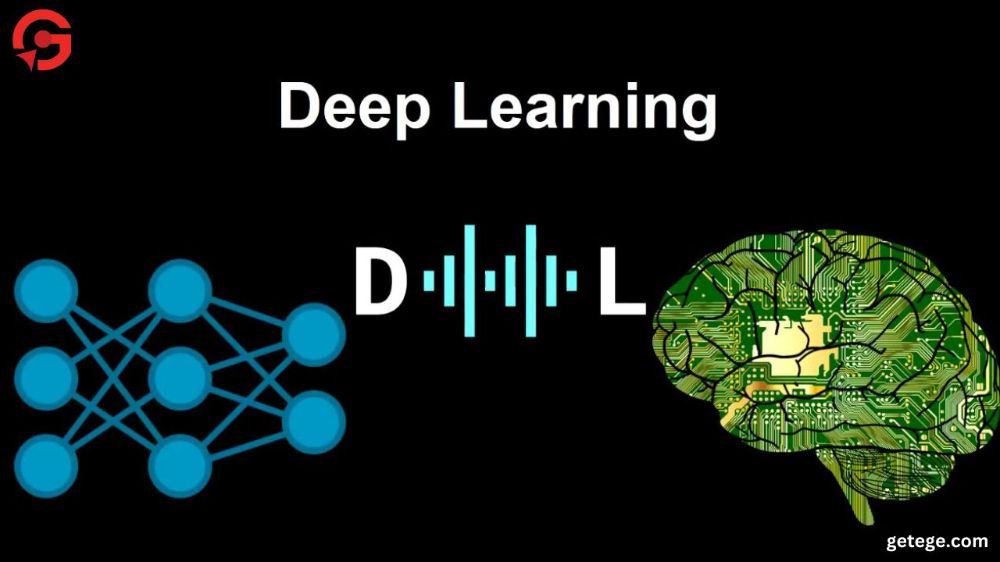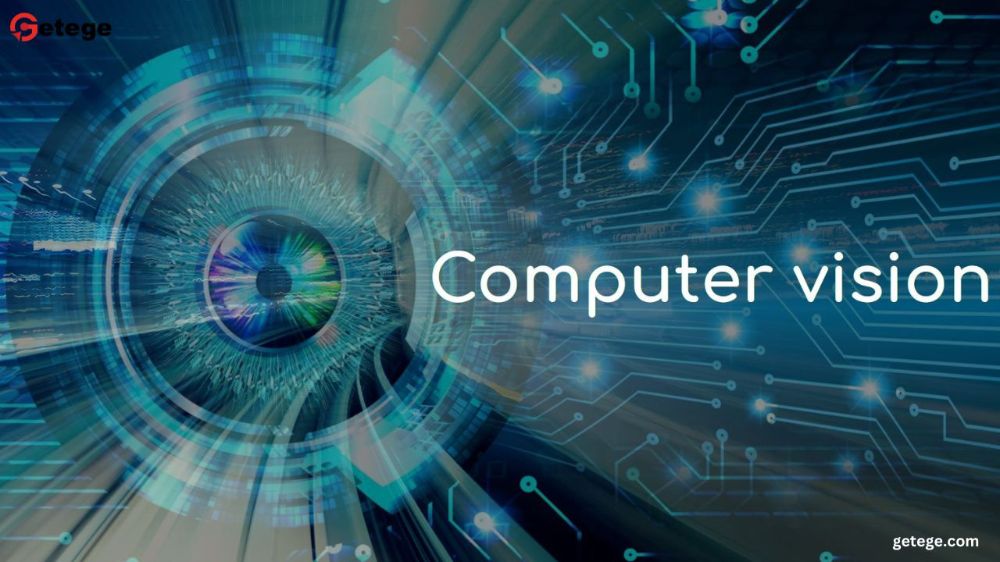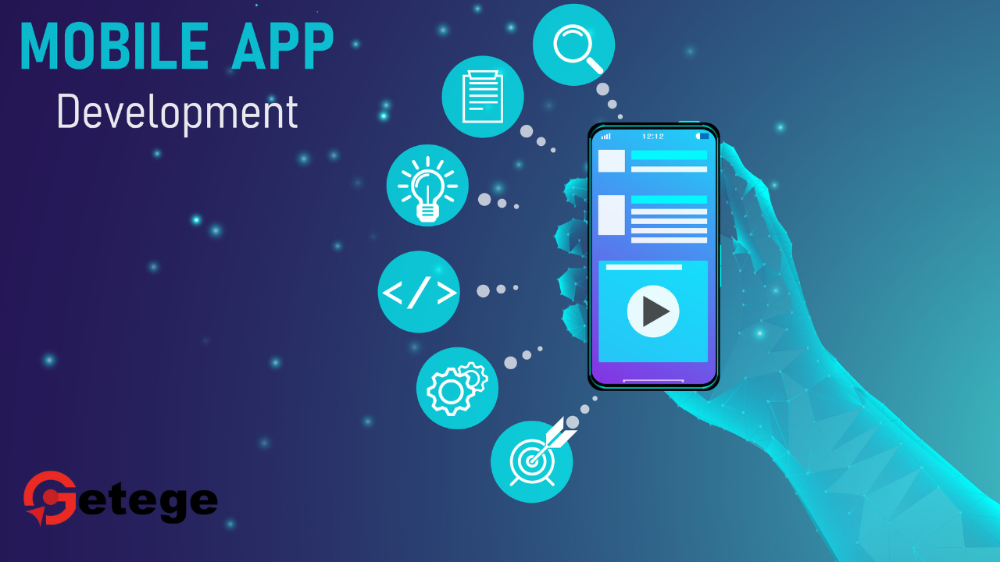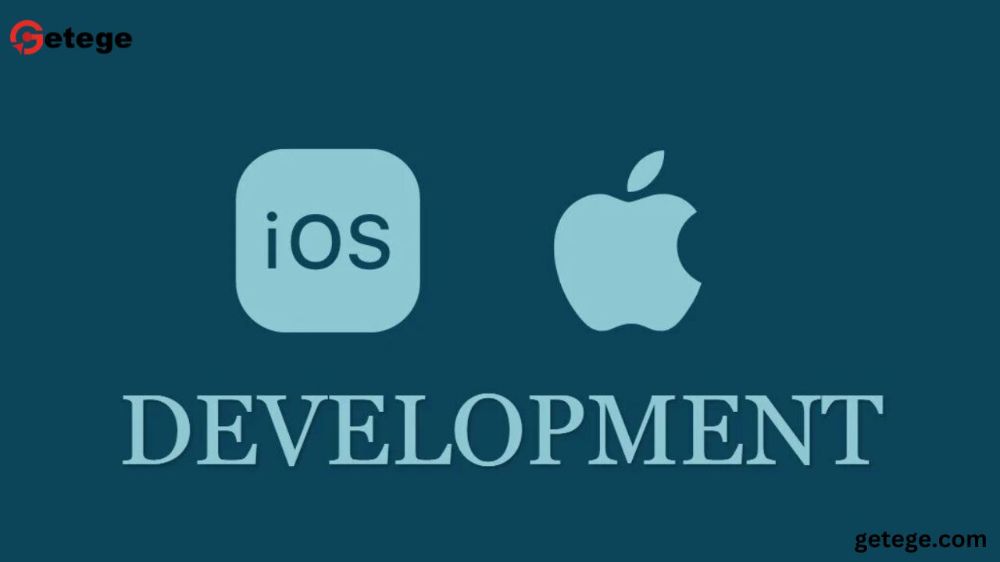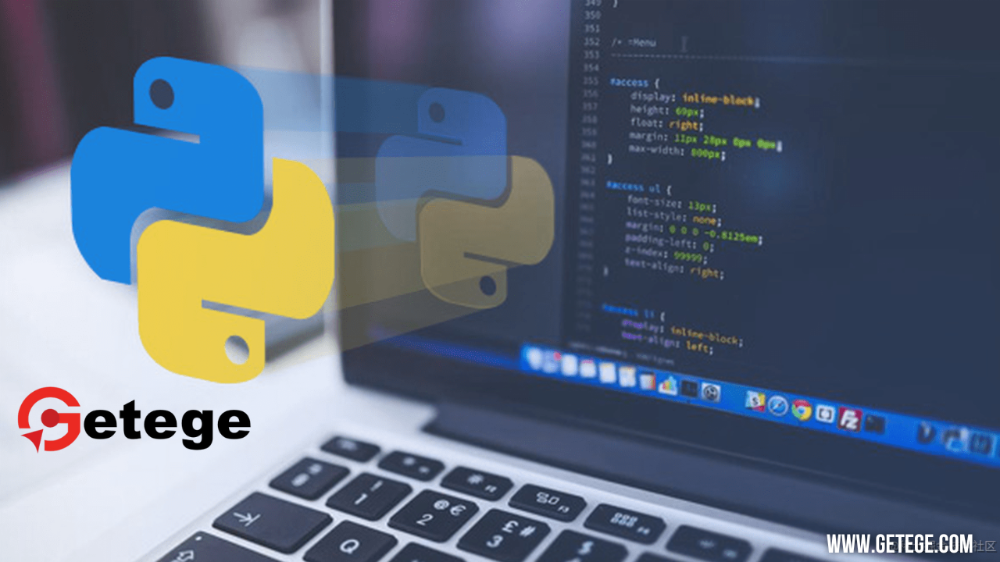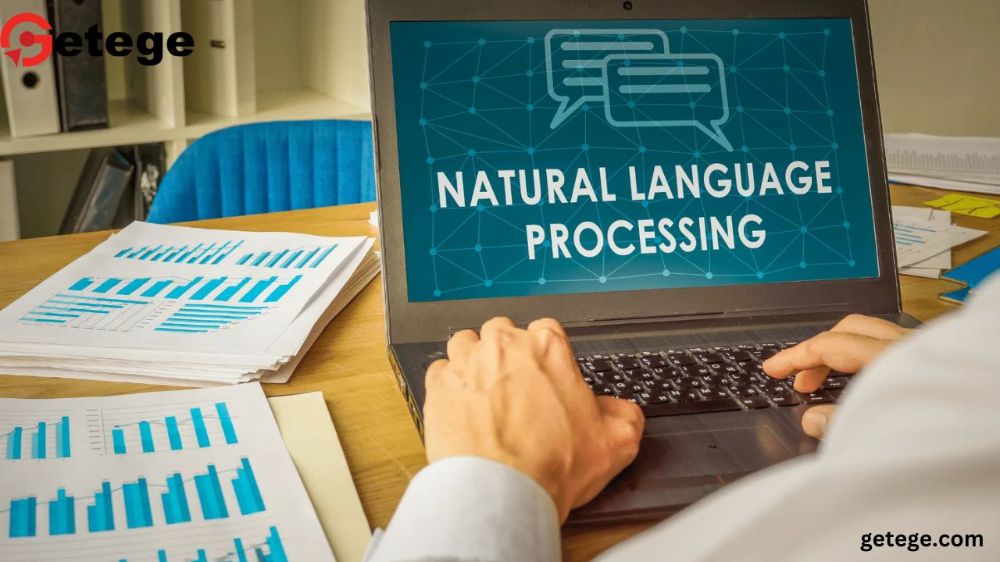Unlocking the Power of Deep Learning: A Comprehensive Guide
In the age of artificial intelligence (AI), one of the most fascinating and rapidly growing fields is deep learning. Deep learning is a subset of machine learning that uses neural networks with multiple layers to analyze and interpret vast amounts of data. This technology powers everything from voice assistants to recommendation engines, self-driving cars, and more. As industries worldwide integrate deep learning into their operations, understanding its core concepts and applications becomes essential.
What is Deep Learning?
Deep learning is an advanced form of machine learning where artificial neural networks, inspired by the human brain, learn from vast amounts of data. These neural networks consist of numerous layers, each processing data differently, leading to more refined and accurate results.
Unlike traditional machine learning algorithms that require structured data, deep learning models can handle unstructured data such as images, videos, and text, making them highly versatile.
Key Components of Deep Learning:
- Neural Networks: These are systems modeled after the human brain that learn from input data.
- Layers: Deep learning networks are often called “deep” because of the many layers through which data is processed.
- Activation Functions: Functions like ReLU (Rectified Linear Unit) and Sigmoid allow networks to capture complex patterns.
- Backpropagation: This is the process by which networks adjust weights during training to minimize errors.
How Does Deep Learning Work?
At the heart of deep learning is the neural network, which consists of input layers, hidden layers, and output layers. Here's a simplified breakdown of how deep learning works:
- Hidden Layers: These intermediate layers perform computations and extract features from the data. Deep networks may have dozens or even hundreds of these layers.
- Output Layer: This provides the final prediction or classification. For example, in an image recognition task, the output might be the object’s label (e.g., "dog" or "cat").
The entire process of learning in deep learning models involves minimizing a loss function using backpropagation, where the algorithm updates weights to reduce the prediction error.
Real-World Applications of Deep Learning
Deep learning has penetrated multiple industries and is responsible for some of the most groundbreaking technologies today. Below are some of the key areas where deep learning is making an impact:
1. Healthcare
Deep learning models are being used in medical imaging to detect diseases like cancer at an early stage. Models can analyze X-rays, CT scans, and MRI images, providing accurate diagnostics.
2. Automotive (Self-Driving Cars)
Autonomous vehicles rely on deep learning to process information from cameras, sensors, and LiDAR systems. This allows them to recognize pedestrians, road signs, and other cars, ensuring safer navigation.
3. Finance
In the financial sector, deep learning algorithms are used for fraud detection and algorithmic trading. These models can process large datasets in real-time to identify unusual patterns and make instant financial decisions.
4. Entertainment and Media
Platforms like Netflix and YouTube use deep learning algorithms to recommend shows, movies, and videos to users. The systems continuously learn from user interactions to personalize recommendations.
5. Natural Language Processing (NLP)
Deep learning powers advanced NLP applications such as voice assistants (e.g., Alexa, Siri), chatbots, and translation services. These systems understand and respond to human language more accurately than ever before.
Advantages of Deep Learning
- Accuracy: Due to multiple layers, deep learning models tend to provide higher accuracy than traditional models, especially with large datasets.
- Automation of Feature Engineering: Deep learning models can automatically discover the best features from raw data, eliminating the need for manual feature extraction.
- Versatility: Deep learning can be applied to a wide range of tasks including image recognition, speech recognition, and text generation.
Challenges of Deep Learning
- Data Requirements: Deep learning models require massive amounts of data to perform well.
- Computational Power: Training deep learning models can be computationally expensive, requiring powerful GPUs or cloud-based solutions.
- Interpretability: Deep learning models are often considered “black boxes,” meaning it's hard to interpret how they arrive at a decision.
FAQs
1. What distinguishes deep learning from traditional machine learning?
Machine learning is a broader field that involves training algorithms to make predictions or decisions without being explicitly programmed.
2. What are neural networks?
Neural networks are computational models inspired by the human brain, consisting of nodes (neurons) connected by edges (synapses).
3. Is deep learning only used for image recognition?
No, deep learning is used for a wide variety of tasks, including speech recognition, natural language processing, recommendation systems, and more.
4. How does deep learning differ from traditional algorithms?
Traditional algorithms rely on human-crafted features to make decisions, whereas deep learning models automatically learn to extract and classify features from raw data.
5. What is the future of deep learning?
The future of deep learning looks promising, with advancements in AI-powered medicine, autonomous systems, and real-time data analysis. Deep learning will continue to revolutionize industries as we develop more sophisticated models.
Conclusion
Applications ranging from healthcare to entertainment, its potential is immense. However, deep learning models come with their own set of challenges, including the need for vast amounts of data and computational resources. As technology progresses, we can expect deep learning to play an even bigger role in the future of AI and machine learning.
